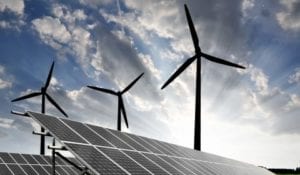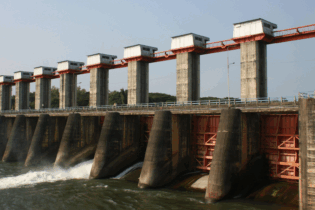The International Energy Agency (IEA) has laid out five actions needed over the short- and long-term to achieve a low-carbon energy sector, and proposed concrete options for their implementation in the international climate negotiations to be held next month in Lima, Peru.
“Energy accounts for two-thirds of global greenhouse gas emissions, so any climate agreement that emerges will need to work for the real-world energy sector,” said IEA Executive Director Maria van der Hoeven. “Energy use has been, and will continue to be, a critical driver of economic growth, social development, and poverty reduction. The five priorities we are highlighting today are intended to bring energy-sector realities front and centre in climate discussions.” IEA modelling has long shown that limiting the global temperature rise to no more than 2 degrees Celsius (2oC) is technically feasible, but requires a fundamental transformation of the global energy system. Yet with progress lagging thus far, the IEA suggests that policy makers widen their focus and look at achieving synergies among energy, environmental and climate policies.The IEA’s five actions are:
- Seize the benefits of immediate action to bend the global emissions curve. To 2020, bridging 80% of the gap to an optimal 2oC path comes at no extra gross domestic product cost.
- Focus on electricity decarbonisation. Strong policies supporting low-carbon electricity could more than halve electricity emissions in 2030. This would save 9.5 gigatonnes in 2030 – an amount larger than China’s total 2012 energy-related emissions.
- Reshape investment and accelerate innovation in low-carbon technologies now. Multilateral collaboration is critical to the development and tailoring of nationally appropriate technology solutions.
- Mobilise non-climate goals to promote energy sector decarbonisation. Health, transport, energy security, and other goals can also drive emissions reductions.
- Strengthen the resilience of the energy sector to climate change. Even in a 2°C world, climate change poses threats to energy security that need to be addressed through policy and commercial actions.








